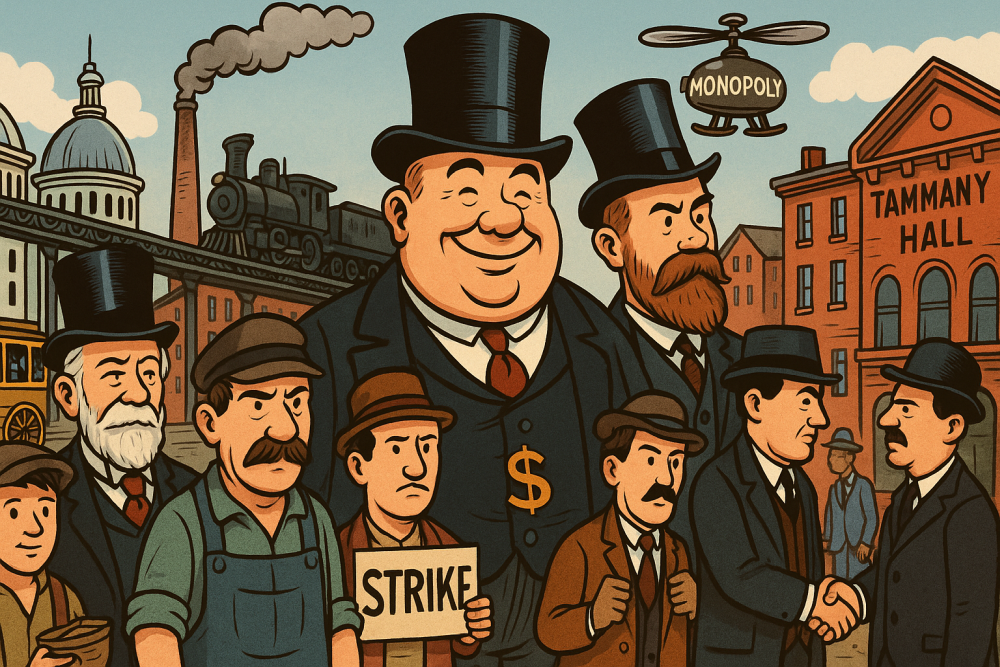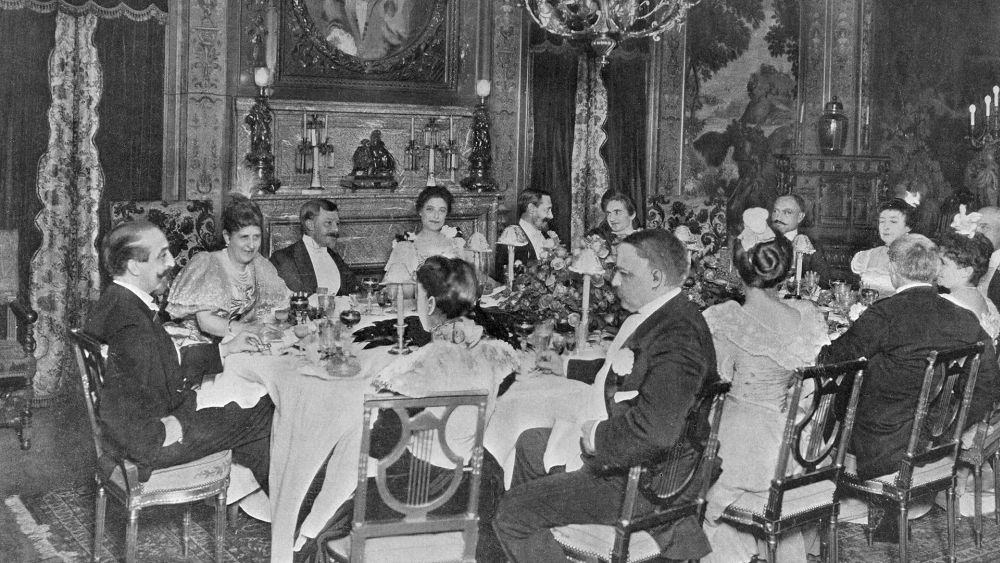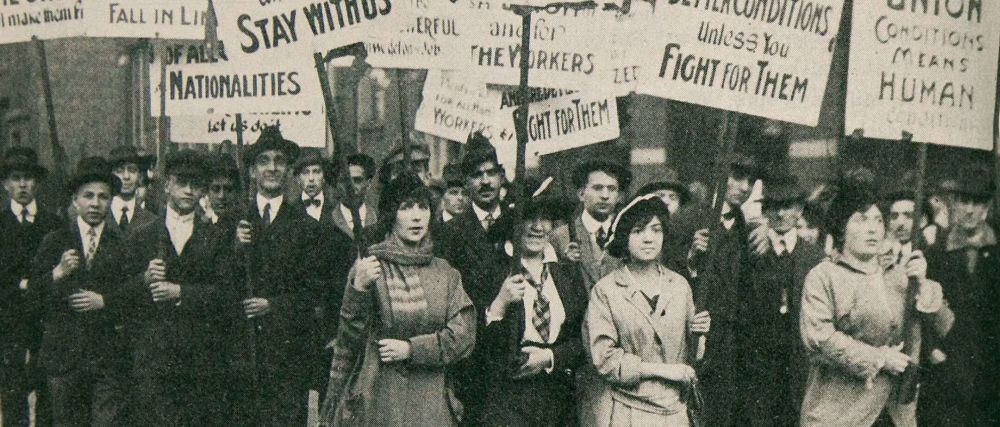The Gilded Age in the United States stretched from the 1870s to the turn of the 20th century. It was a time of explosive industrial growth, massive wealth creation, and the rise of iconic magnates like Rockefeller and Carnegie. Railroads expanded, cities boomed, and factories ran day and night. On the surface, the nation looked golden—innovative, rich, and full of promise.

But that golden sheen was thin. The term “Gilded Age” itself was coined by Mark Twain to poke fun at how the era looked prosperous while hiding ugly truths underneath. Corruption ran deep in politics and business. Boss Tweed’s Tammany Hall epitomized the era’s backroom dealings, while monopolies like Standard Oil crushed competition with no regard for fairness.

The working class didn’t share in the wealth. Laborers, many of them immigrants, toiled in brutal conditions for low pay. Child labor was rampant. Strikes and protests, like the 1894 Pullman Strike, became increasingly common as workers demanded rights and respect. The gap between rich and poor widened dangerously, setting the stage for later reforms.

The Gilded Age left behind a legacy of innovation and infrastructure, but also a cautionary tale about unchecked capitalism. It exposed the costs of economic growth without social safeguards—a reminder that progress must be for all, not just the powerful few.

#GildedAge #AmericanHistory #IndustrialRevolution #RobberBarons #LaborMovement
